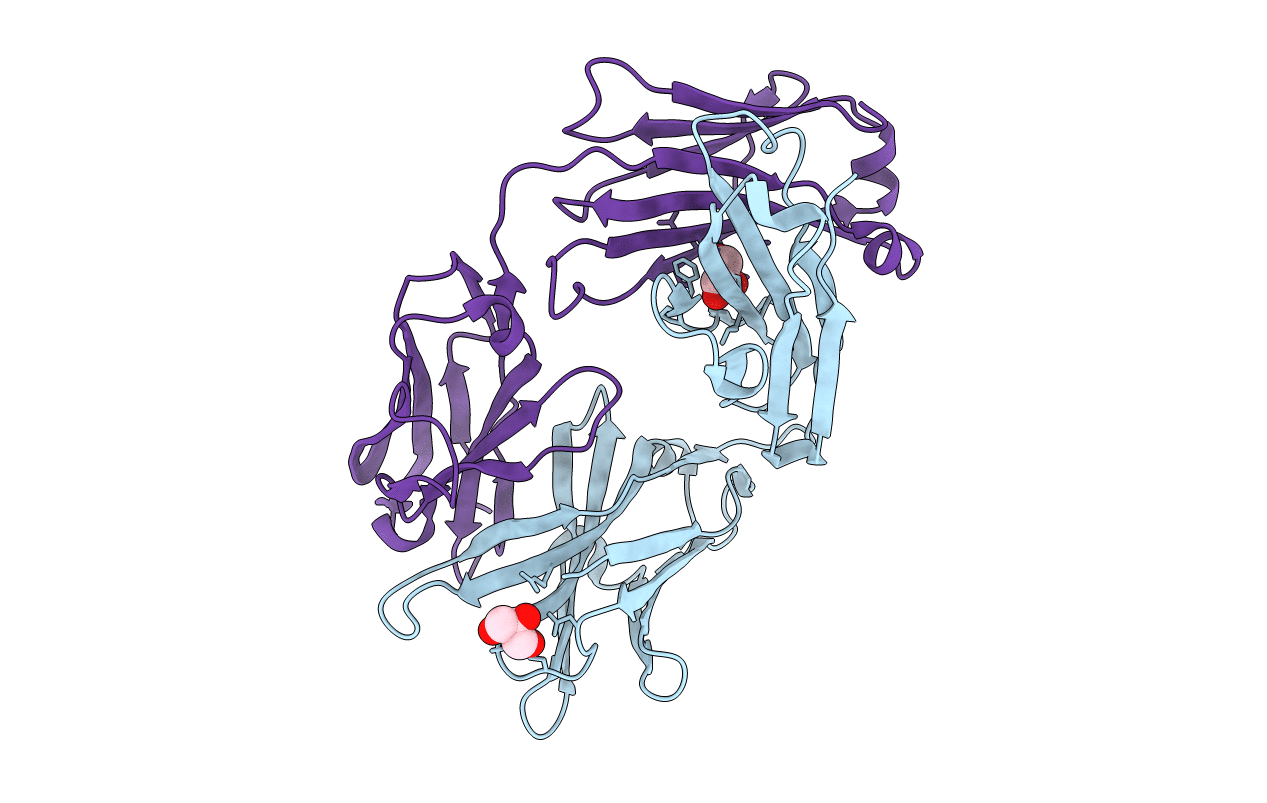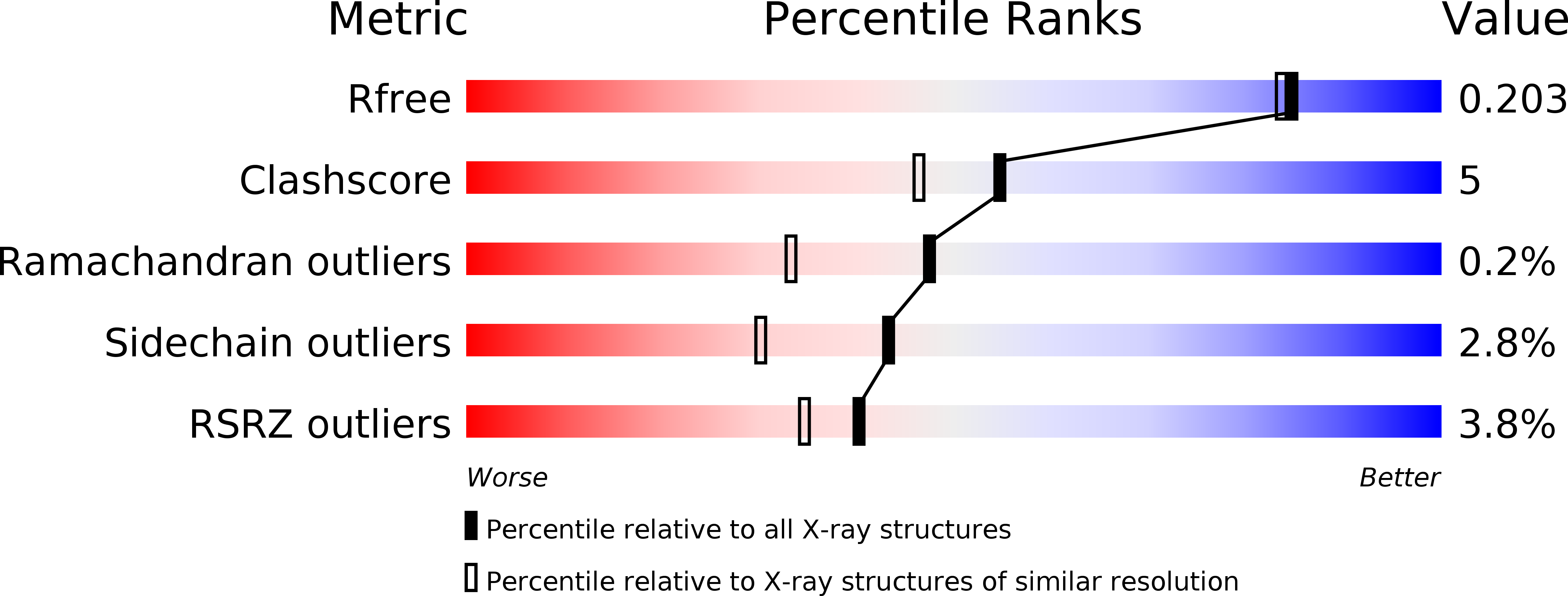
Deposition Date
2020-04-11
Release Date
2020-07-01
Last Version Date
2024-10-30
Method Details:
Experimental Method:
Resolution:
1.80 Å
R-Value Free:
0.20
R-Value Work:
0.16
R-Value Observed:
0.16
Space Group:
P 2 21 21


